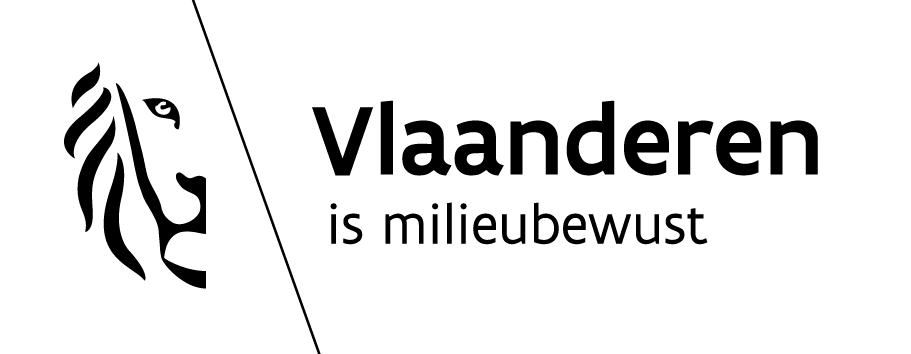Principle
Surfactant flushing, bio-surfactant flushing via drainage, vertical filters, open drainage, infiltration pool
The (apparent) solubility or availability of the to-be-removed contaminant can be increased by adding suitable substances to the polluted zone. An example of this is surfactants (detergents). Detergents lower the surface tension between the watery and non-watery phase and (1) encourage the release of hydrophobic particles which were 'captured' by capillary forces in soil pores and (2) increase the solubility of the non-watery phase in the ground-water. This means that one encounters a strong increase in the waste content in ground-water, which can be removed via pump & treat.
Infiltration of co-solvents
The method of co-solvent flushing is based on liquid-liquid extraction. The contaminant is clearly more soluble in alcohol than in water, and thus goes from the pure product phase to the water phase, which can then be removed via pump & treat. Ethanol and isopropyl-alcohol are two suitable examples.
By using ethanol one gains another clear advantage. Ethanol is a good potential source of carbon for natural degradation. Thus, there is a two-fold effect from ethanol extraction: In the first instance, there is a physical removal mechanism (liquid-liquid extraction); in the second instance, the ethanol residue which has been left in the soil forms the basis of further clean up via (stimulated) natural attenuation.
The pumped mix must then be treated. This can take place via an MPP effluent system (separation of contaminants from water/ethanol mix) followed by stripping towers (polishing to detection limit). For further technical information and practical examples, we refer you to the study relating to VOCI ground-water pollutants, with dry cleaning companies in Antwerp, which can be downloaded from the OVAM website.
Implementation area and implementation conditions
A number of applications have been found in dry cleaning locations in the USA (Vito report nr. 2004/MPT/R/042, 2004).
Examples of co-solvent flushing implementations were not encountered. However, reference has been made to a pilot project at a dry cleaning company in the USA (Vito report nr. 2004/MPT/R/042, 2004).
Costs
No full-scale applications in Flanders.
For LNAPL, http://www.surbec-art.com/projects/summary.htm states prices of ca. 20 euros/m³ to 255 euros/m³, with an average cost of 40-100 euros per m³; www.clu-in.org sets the cost at 36 euro/m³ for surfactant flushing.
For DNAPL, considerably higher costs are stated. Two amounts have been stated at www.clu-in.org: 1892 euro/m³ and 505 euro/m³ At http://www.epareachit.org/DetailTreatment/DetailFrame.asp a reference has been made to 30 to 50 dollars per cubic foot (ca. 1000 – 2000 euro/m³) for DNAPL removal with surfactant flushing.
Environmental burden and measures to be implemented
In order to implement the technique without risk of uncontrolled dispersion, a suitable ground-water extraction installation must be employed. Clean-up of the pumped mix must be well arranged in advance. Re-infiltration of a part of the purified ground water (effluent stripping) can be considered. The added anti-foaming agent can however prohibit the re-infiltration. Also the detergents can have a negative impact on the activity of some micro-organisms in the soil.

